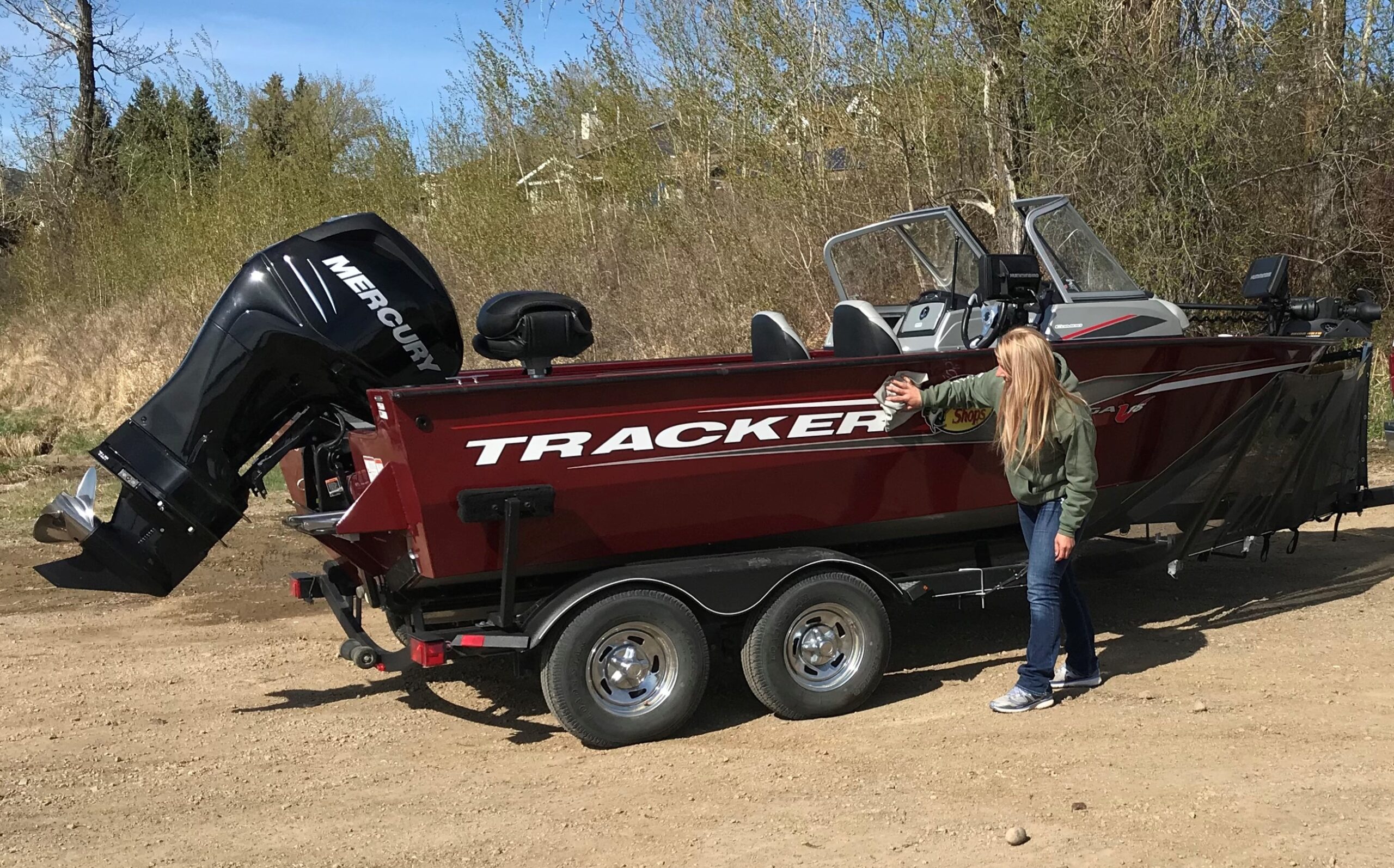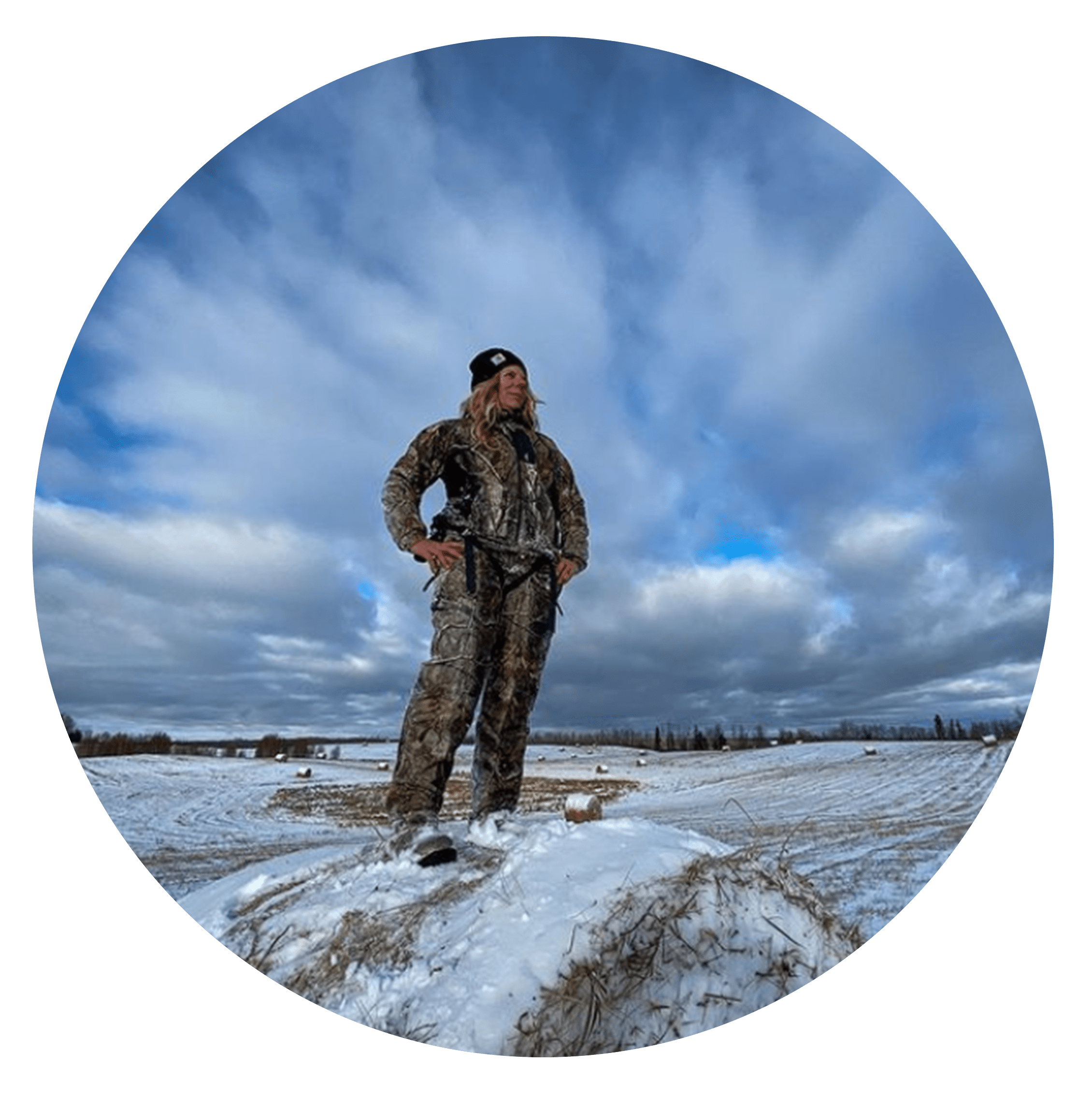Clean.Drain.Dry
The moment your feet hit the boat, your adrenaline starts to kick in: you begin to anticipate the fish on your line. The boat slices through the still water as you eagerly drive to your favorite fishing spot. You release your first cast, the line cutting through the air and your lure echoing on the water. You let everything go and find your journey with the fish. For anglers, this feeling never gets old, and we go from lake to lake in search of trophy fish and new memories. But let’s talk about the responsibility we have when transporting our boats and gear from lake to lake. While there are several bodies of water in the Lakeland Region within close proximity of each other, it is still important we do our part to protect our fishing waters.
The spread of aquatic invasive species— such as zebra or quagga mussels, and even aquatic plants — can be transferred through our boats and other water gear. There are three simple steps that help prevent the spread of invasive species and problems like whirling disease: CLEAN, DRAIN, and DRY your boat and equipment between lakes. You’ve had an amazing day on the water fishing and your heading off the lake. Once you’ve trailered your boat and moved away from the launch, ensure you CLEAN your watercraft (motorized or non-motorized), trailer and equipment. Take the time to walk around your boat and trailer. Conduct a visual inspection of the motor, propeller, hull, gimbal area, trailer and the axles. Be sure to remove all sand, mud and any aquatic plant materials from these parts before leaving the staging area. If you have removed any aquatic plant material, place it in the trash. Don’t forget to clean the lake residue from your gear: oars, anchor and rope, hip waders, life jackets, water toys, coolers, etc. In order to completely remove all residue, you may need to rinse, wash or pressure wash your boat and equipment. Next, DRAIN all water from your watercraft, including from the anchor locker, bilge area, ballast tanks, live wells, bait buckets, coolers and other storage compartments. You may need to sponge out any excess water. For non-motorized watercraft such as kayaks or canoes, flipping them and removing the seats may be required to eliminate all excess water. Don’t forget to pull your drain plug! In Alberta, it is illegal to leave your drain plug in while transporting your watercraft; it could lead to a fine.
The final step is to DRY your watercraft and all gear completely before launching onto another lake. If there are compartments that still have water in them, sponge out the standing water and leave the compartments open to air dry. Dry any equipment you may have in your boat such as oars, anchor, rubber boots, hip waders, life jackets, water toys and so on.
Your watercraft and gear are an investment, so take the time to protect them: CLEAN, DRAIN, and DRY. Help preserve our water bodies for many generations to come, so that we can continue to create countless fishing memories.
Add Comment
You must be logged in to post a comment.





